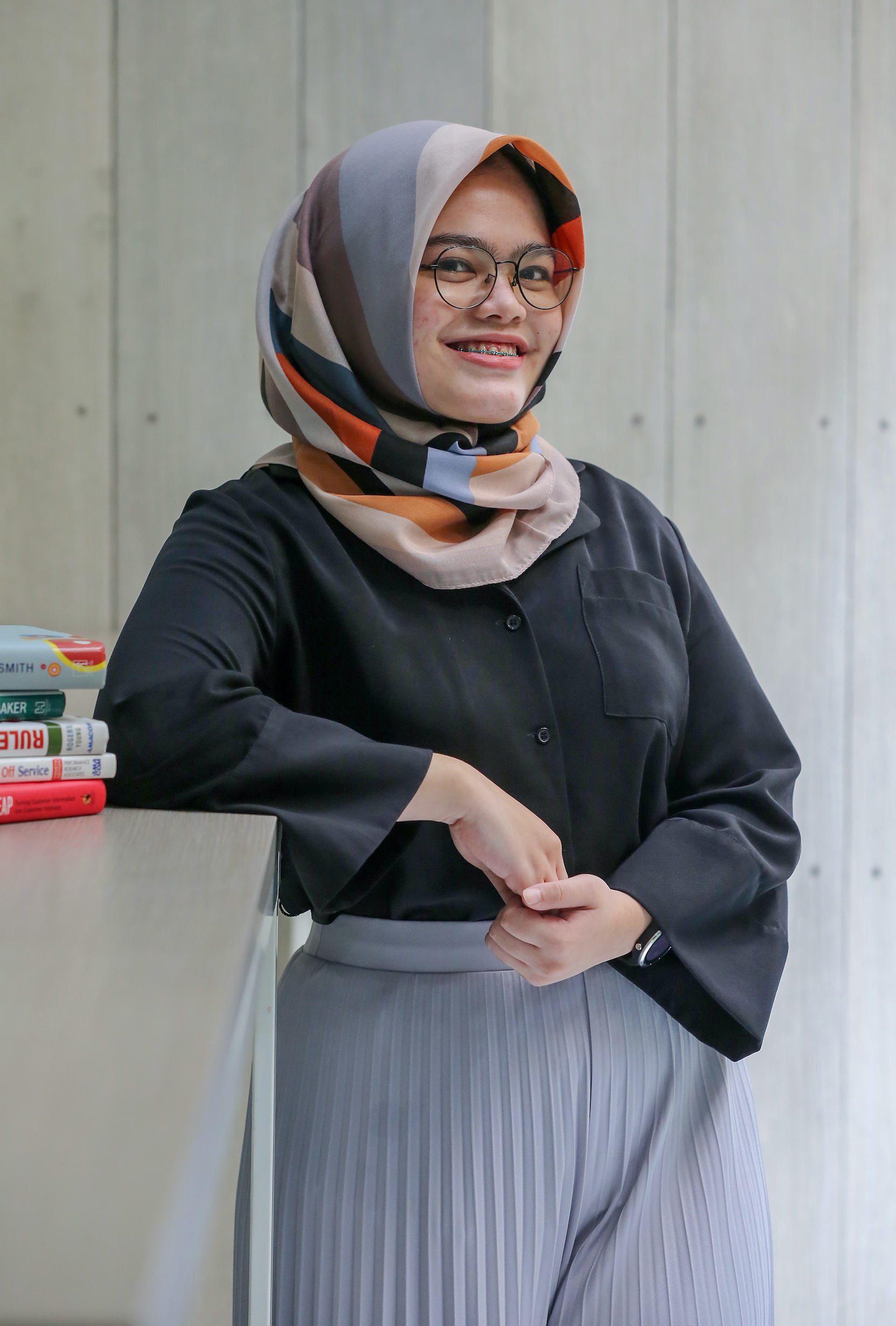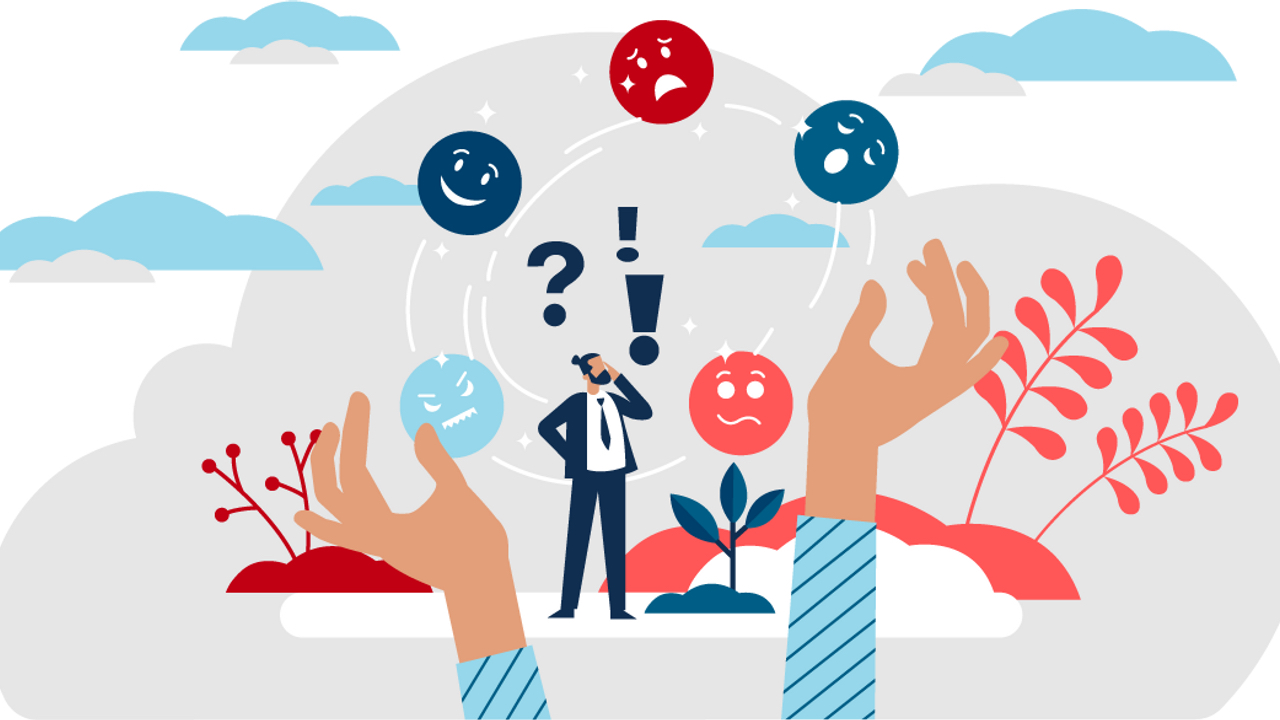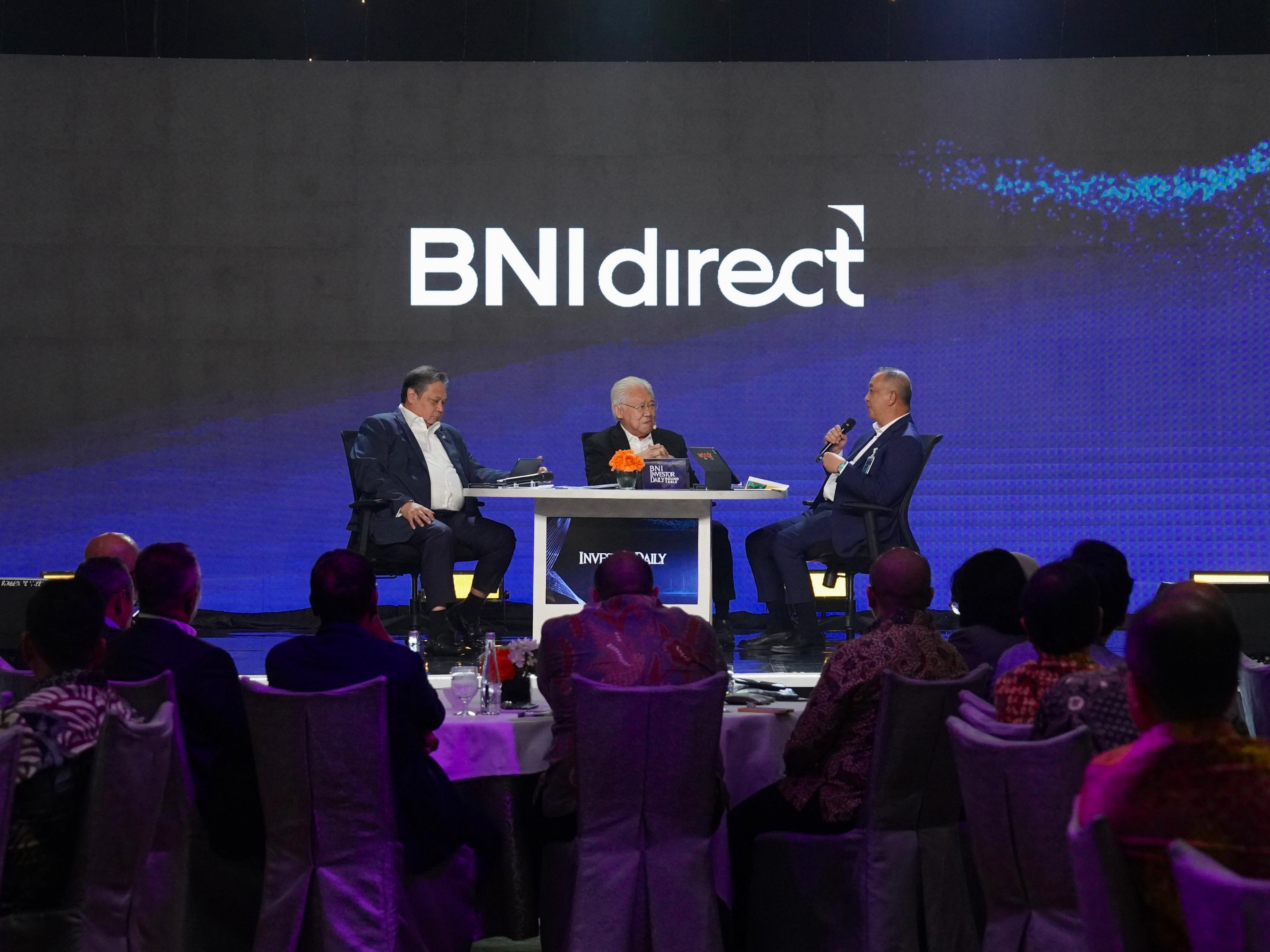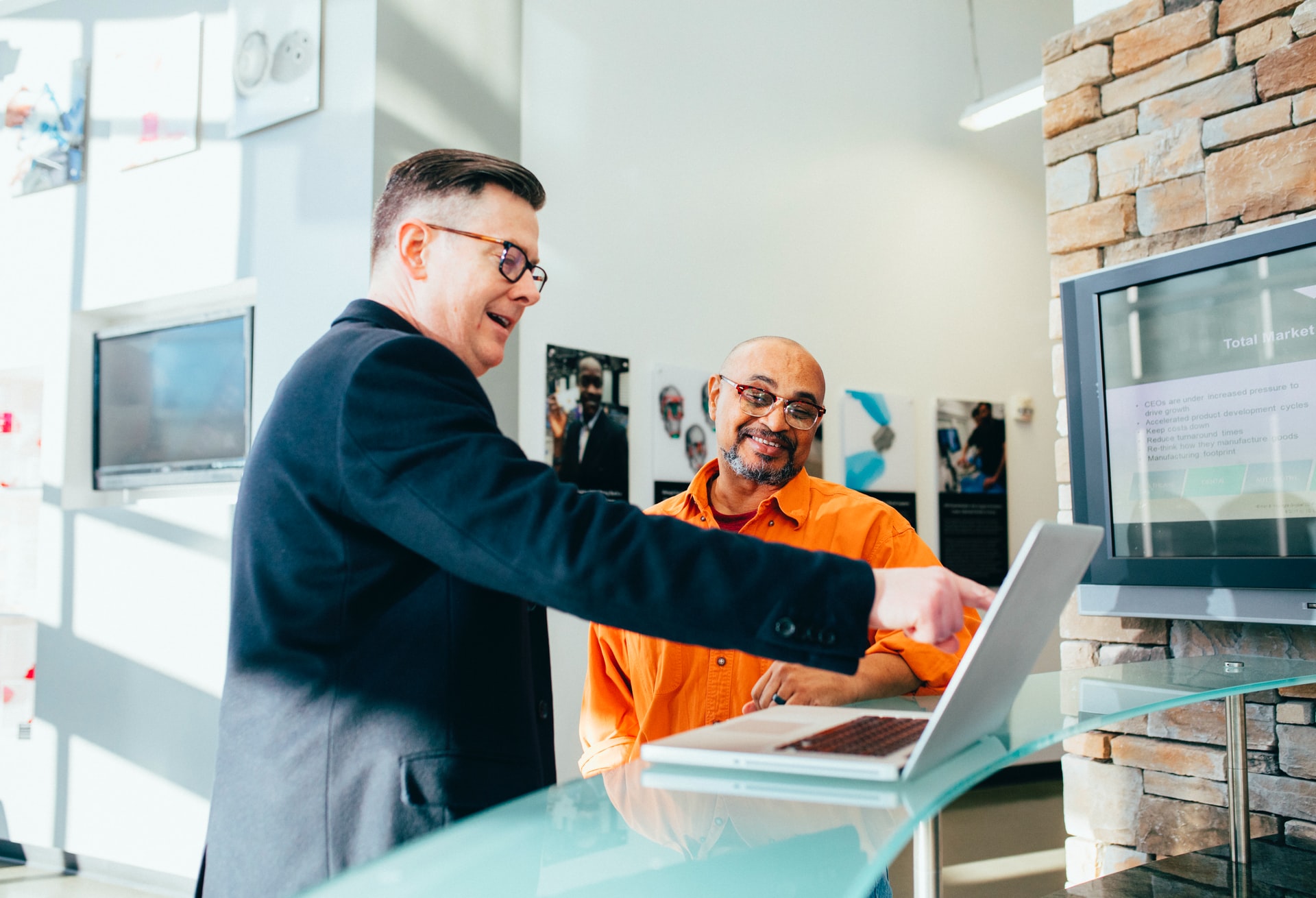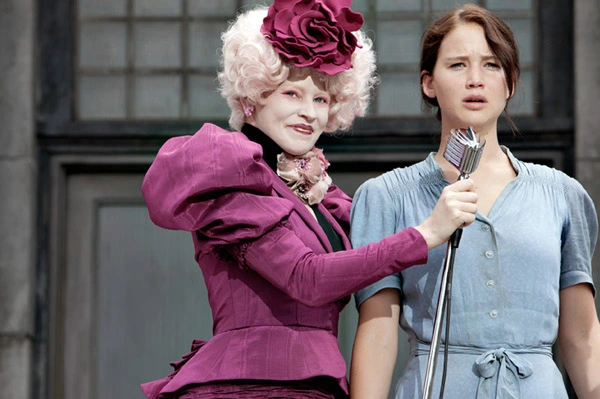You may know that Praxis has a regular sharing session, which we often share on our Instagram—yup, it’s a place where all Praxis’ consultants and interns present any interesting stories or ideas to be discussed together. When my turn was coming, I was looking for a topic that is relevant, useful, and interesting. So, I came up with ‘Make it a habit’.
Behind the topic
Why did I choose the topic? Quite simple. I relied on the fact that we love talking about ourselves. Moreover, habit is something we can’t miss out since it plays an important role in determining our identities. The idea was strengthened by the meaning of habit I found in a dictionary: “a settled or regular tendency or practice, especially one that is hard to give up.” In other words, it’s anything we do repeatedly, which can be both good like exercising and bad like stress eating. Since we tend to get rid of our bad habits and develop the good ones instead, so I planned to provide some tips on how to make ‘it’ a habit. Thus, I could accomplish all my three goals: relevancy, interest, and usability.
The icebreaker
To start, I lightly started my presentation with a question to one of our interns, Mirna, whom I picked because she was new to the office and that I had not met her up until that point. So, I just wanted to greet her. I asked her, “Personally, what prevents you from forming a habit?” Then, Mirna mentioned discouragement, which was followed by one of our consultants Christina who shared that one of her biggest obstacles to form new habit is laziness. Bam! Then, I tried to connect those concerns with the tips I had prepared in the presentation. In addition to that, I made the slide short so I had more opportunity to talk—since I’m talkative.
Session sneak peek
Focusing on the concerns arose, one of the tips I shared was how to make us remain faithful and consistent in forming a habit. We usually have a tendency to get lazy when we skip making an improvement. For instance, we set a goal of doing an hour of running every day, but sometimes it’s challenging for us to accomplish it due to our workload, health condition, and other reasons. Can you relate? Hence, I mentioned a solution of making the activity elastic.
According to the Elastic Habits book by Stephen Guise, instead of forcing ourselves to do one specific ‘target’ we can’t consistently achieve, we need to be flexible by creating more options. During the presentation, I used exercise as an example. In terms of the activity, not only focusing on running, but we can also add two more options like yoga and cardio. Also, we can broaden the intensity or vary the levels of difficulty from only one ‘extreme’ goal into three levels: mini, plus, and elite. This way, we can both cope with despair and overcome reluctance to exercise—as mentioned by Mirna and Christina—since we have more options to choose that can be adjusted based on the dynamic situations we face every day.
Highlight
As my presentation ended, I was pleased that we had a fruitful discussion. Some consultants shared their unsolved concerns while others gave their insights to both answering the concerns and enriching my presentation according to their respective beliefs and knowledge. I believe that this kind of opportunity equipped Praxisionaire with something we can’t get from our day-to-day activities as a PR consultant, which is personalized but enlightening at the same time. Don’t you agree? Lemme know your thoughts!


